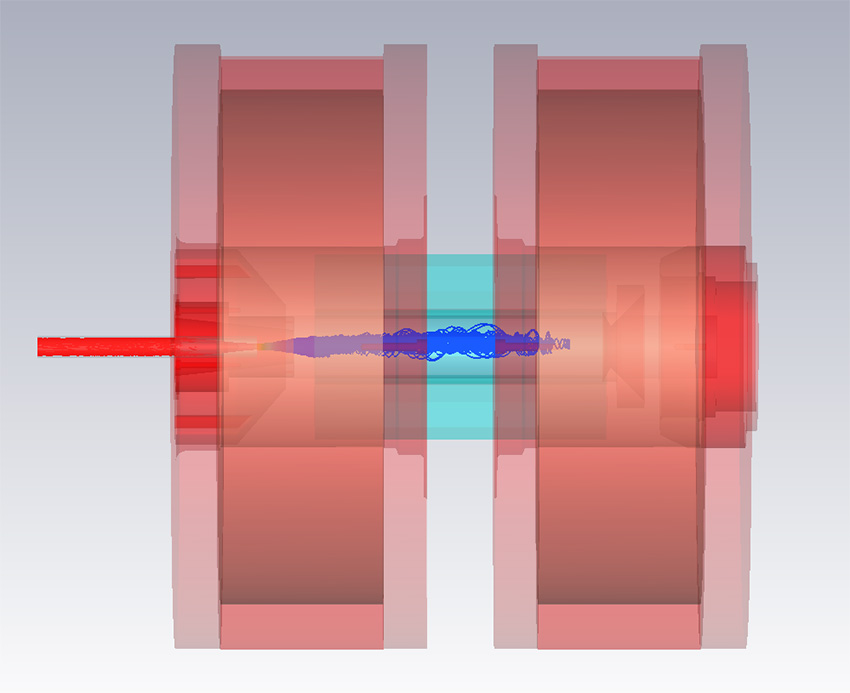
Major Gains in Ion Production for Radioactive Beams
Nuclear physics research with radioactive beams enhanced by high-efficiency charge-breeding techniques.

Nuclear physics research with radioactive beams enhanced by high-efficiency charge-breeding techniques.
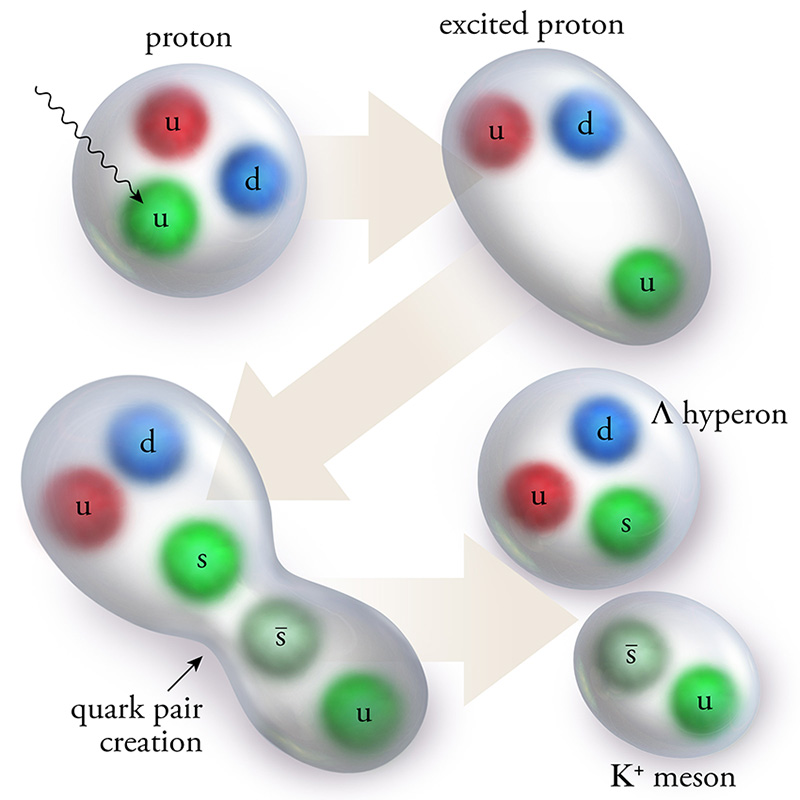
The proton's primary building blocks, up and down quarks, are produced more often than strange quarks in scattering experiments.
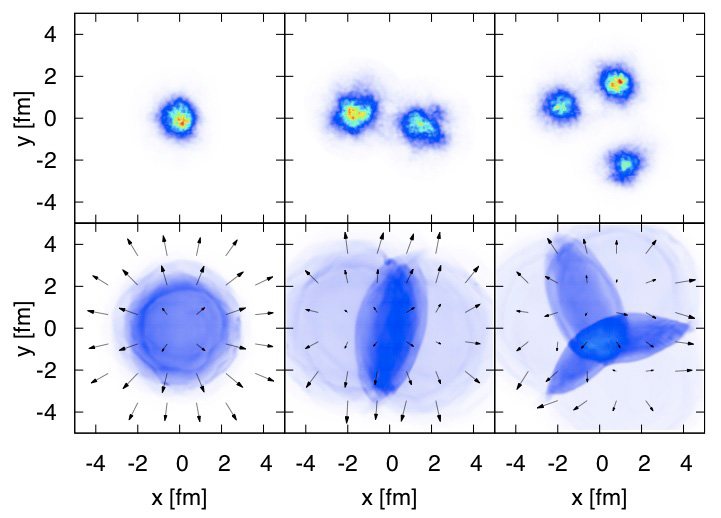
Particles colliding at nearly light speed reveal information about the true nature of matter.
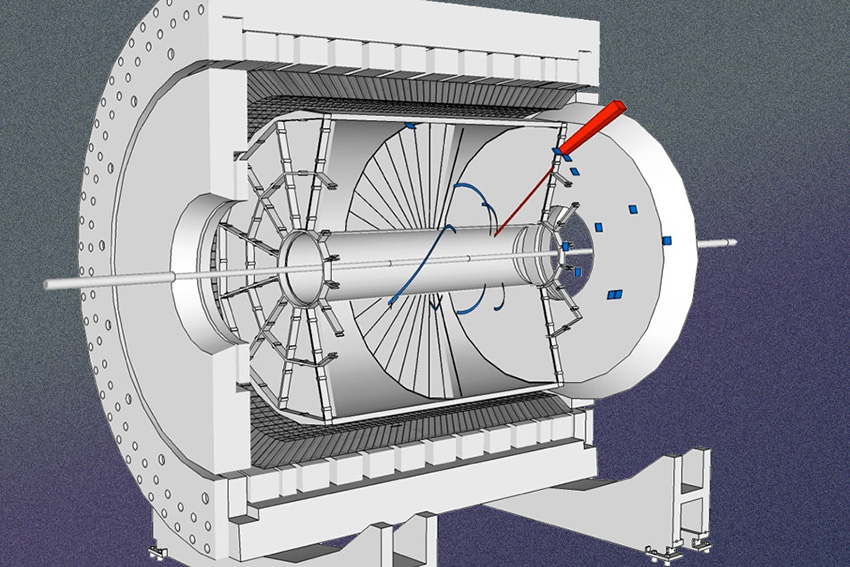
Scientists shed new light on a proton's spin, refining our understanding of nuclear physics.
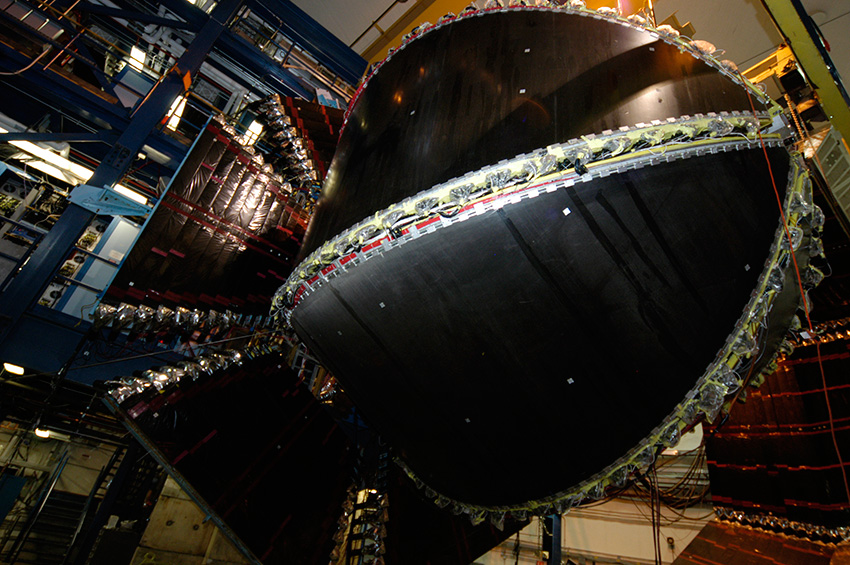
First description of common particle’s properties provides insights into the nature of the universe.
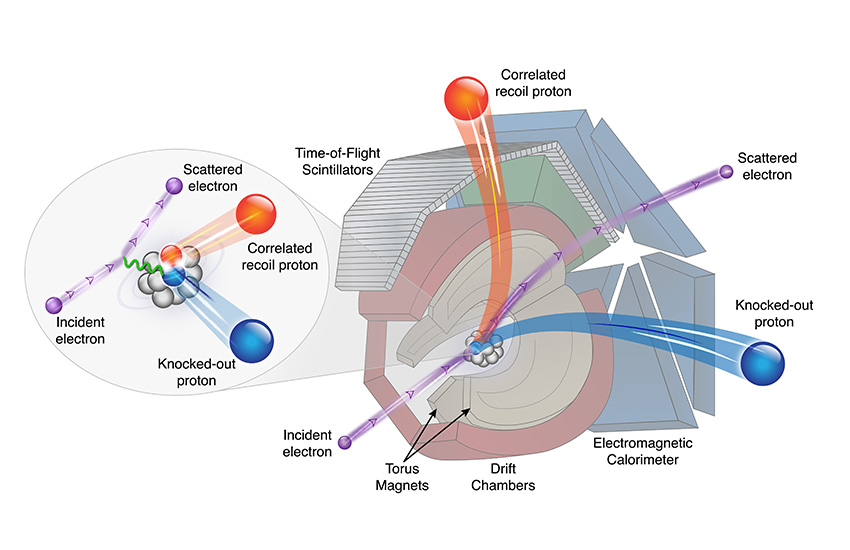
New research could change our view of neutron stars and other systems with neutron-rich nuclei.
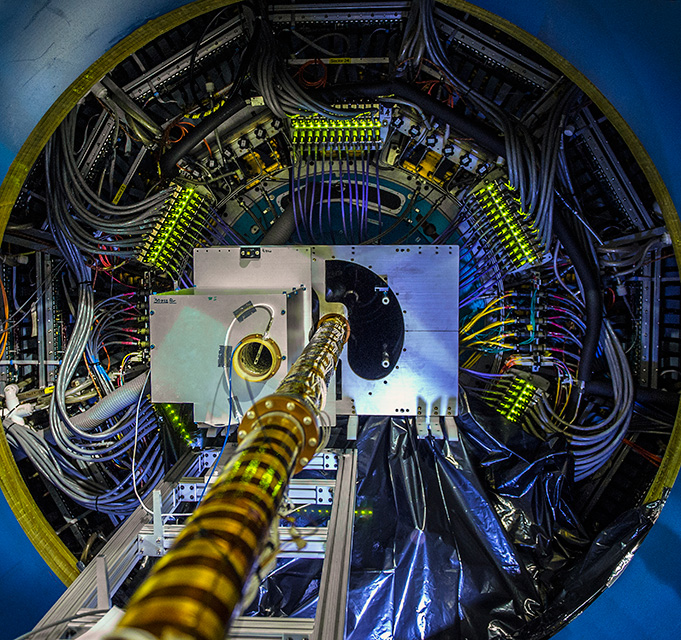
New detector component picks up particles composed of heavy quarks to probe primordial quark-gluon plasma.
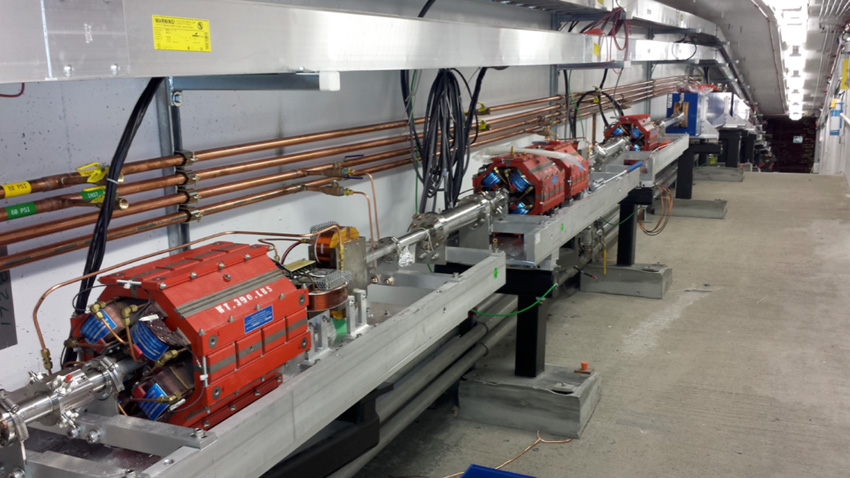
The recently upgraded CEBAF accelerator delivers its highest-energy electron beams into a new experimental complex for the first time.
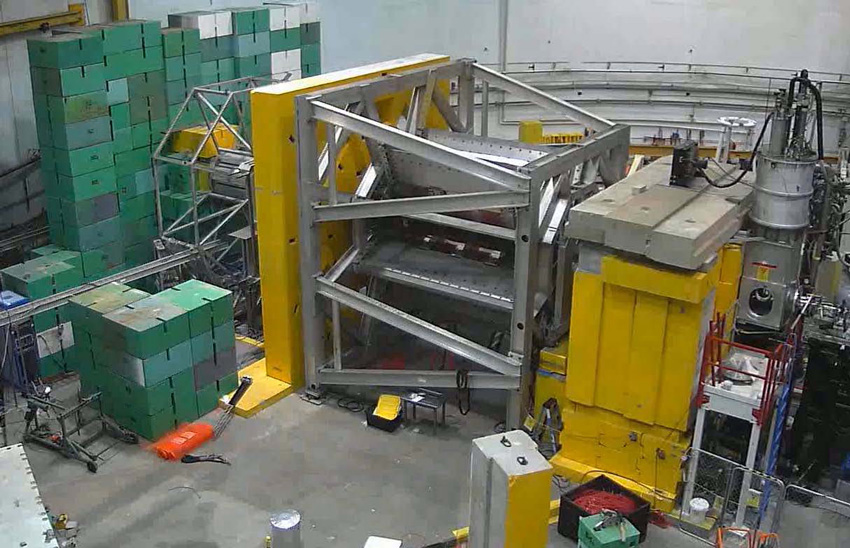
Scientists make the first experimental determination of the weak charge of the proton and extract the weak charges of the neutron and up and down quarks.
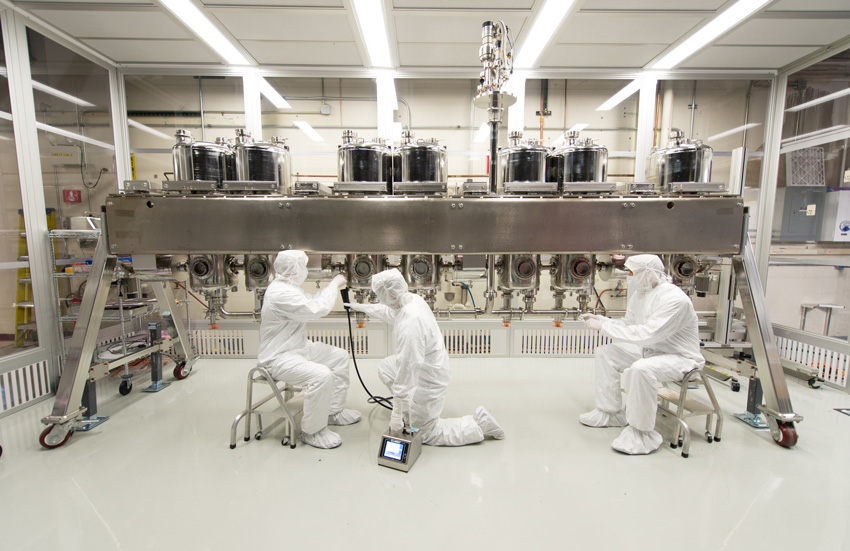
Argonne superconducting radiofrequency technology boosts a variety of applications.
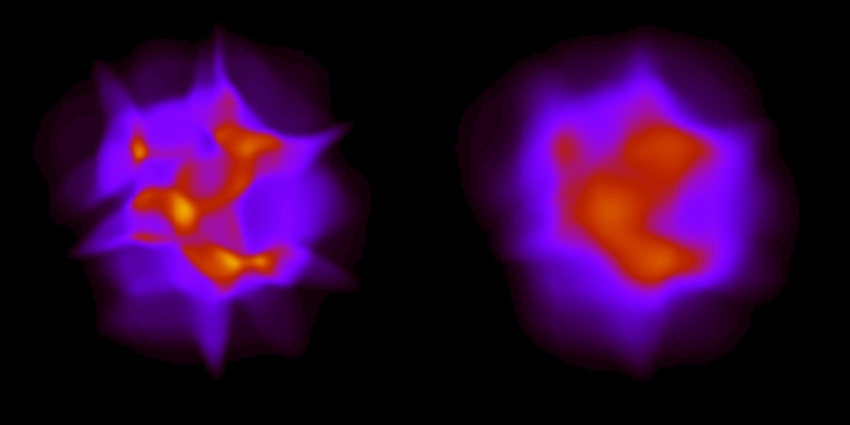
Particles flowing from heavy ion collisions at RHIC and LHC reveal properties of new form of matter.
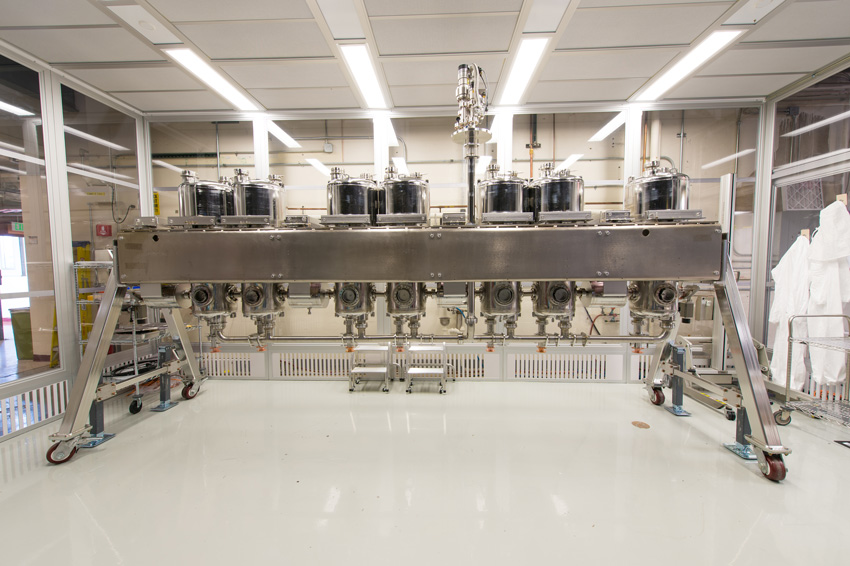
Argonne’s new superconducting cryomodule enhances its ATLAS heavy-ion accelerator.